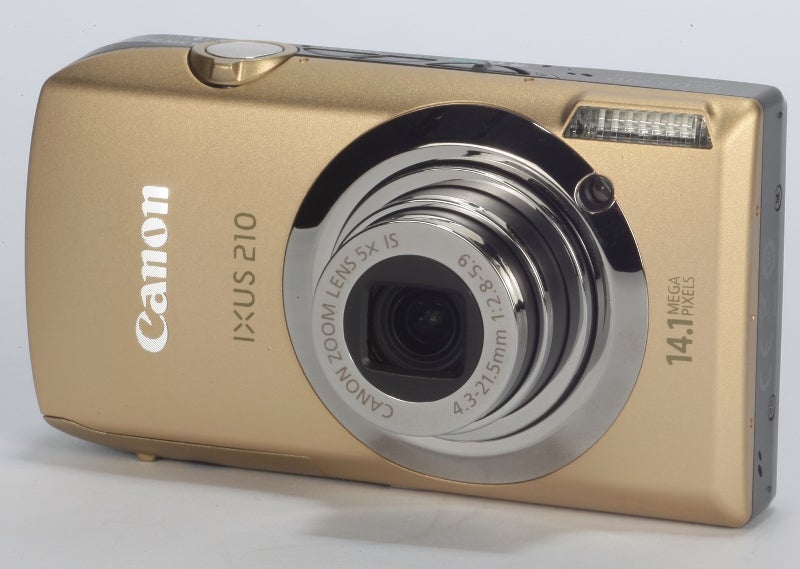Canon IXUS 210 Review
Canon IXUS 210 Review
Canon IXUS 210 offers plenty of style, with a super-wide 3.5in LCD and a maximum video resolution of 720p. But how does it compare with other wideangle zoom compacts? The Canon IXUS 210 review finds out...

Verdict
Pros
- Screen, wideangle lens, focus touch and tracking functionality
Cons
- Mixed image quality, slight issues with responsiveness
Key Specifications
- Review Price: £180
Many compacts now sport wideangle zoom lenses, particularly those priced over £150, but the Canon IXUS 210 goes a step further by complementing its 24-120mm optic with a super-wide 3.5in LCD. The marriage of the two provides a unique user experience when it comes to shooting landscapes, architecture or anything else at wideangle, and particularly when set to record HD video footage at the camera’s maximum video resolution of 720p.
Of course, for images to occupy the full dimensions of the LCD, the Canon IXUS 210 resolution needs to be reduced from the maximum 14.1MP to 10.5MP, though this shouldn’t make much difference on a practical level. Sensitivity may be adjusted from a base ISO of 80 up to a maximum ISO 1600, which isn’t particularly accommodating when the camera’s asking price is considered. There is, however, a Low Light scene option which manages to extend this range, but at a reduced resolution of 3.5MP.
Canon IXUS 210 Image Stabilisation
Other features of the Canon IXUS 210 to note include Optical Image Stabilisation to help keep images sharp, DIGIC IV processing, and face detection for up to 35 faces per frame. Inexperienced users may rely on the Smart Auto mode to help the camera decide on correct exposure and processing settings, while those in need of further assistance can activate the Hints and Tips mode which helps explain key functions and settings.
Canon IXUS 210 LCD Screen
With the entire rear of the Canon IXUS 210 occupied by the 460,000dot LCD screen, almost all controls are accessed through its touchscreen. Because of this, Canon has deviated a little from the familiar L-shaped menu system, opting instead for a series of functions that run largely along the left hand side of the LCD screen, as well as large buttons positioned around the peripheries for accessing other functions.
Many of these can be accessed quickly and easily, although the touchscreen is far more responsive to the touch than when a finger is swiped across its surface, which takes getting used to. It’s possible to focus by touching on an area of the LCD screen, and in practice this work well; even when the subject is moving the focusing point stays with it unless it moves too rapidly, which cancels the process.
Canon IXUS 210 Image quality
Image quality is mixed. Detail is generally good in the centre of the frame, and images are sharp, but close inspection shows sharpness to often be a little too harsh, creating unnaturally defined edges around more natural subjects. Sharpness noticeably drops towards the corners too, making images soft robbing them of their definition. On the plus side, exposures are generally balanced and images display good colour, perhaps a little more vibrant than faithful at default settings, but it could be argued that this is preferable.

Canon IXUS 210 sample image – click for full size
Both barelling at the wide end of the lens and some chromatic aberration are also present around the peripheries, but the presence of both isn’t entirely unexpected on such a model. In fact, the most limiting aspect with regards to image quality is the camera’s narrow sensitivity range, which means that when light levels drop the camera needs to either be used on its Low Light scene mode, or deploy its flash for close-up subjects.
Verdict
The Canon IXUS 210 exudes style and the combination of its wide lens and LCD screen makes for a cracking user experience, but the touchscreen can be unresponsive at time and overall image quality is only satisfactory.
Trusted Score
Score in detail
-
Value 9
-
Design 9
-
Features 9
-
Image Quality 9
-
Performance 9

